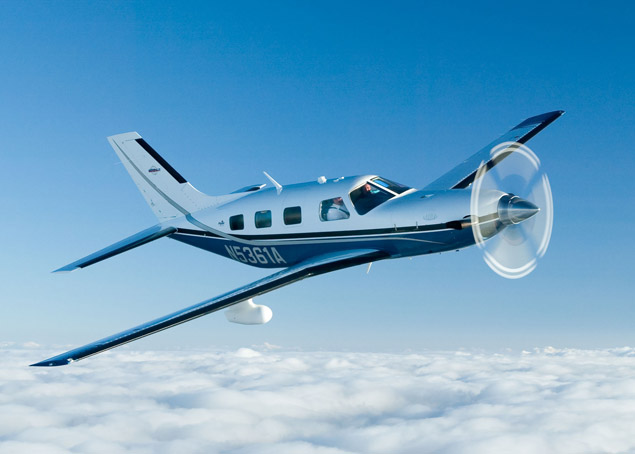In September, the FAASTeam at the San Antonio FSDO put a special emphasis on transition training (AOPA put out a free course last year covering general transition training topics). A lot of pilots don’t understand the need for transition training or what it even entails.
Transition training deals mainly with piston engine aircraft, regardless of whether the airplane is a single or twin. The FAA doesn’t have any special requirements for changing from one piston engine airplane to another, as long as the pilot has the appropriate endorsements (high performance, complex, high altitude, etc.) and is rated in that category and class.
Transition training is promoted mostly by insurance companies. An insurance company looks at a pilots experience when deciding to insure him or her in a new airplane. If the pilot has only flown Cherokees and Comanches and is now upgrading to a Malibu, then the insurance company is going to require some transition training with a knowledgable instructor.
What is transition training? It is when an appropriate rated pilot needs to learn how to fly a different airplane. These are referred to commonly as checkouts, but with more complicated airplanes, the training is actually very in depth.
Using the example above, Pilot A just sold his Comanche 260 and bought a 1987 Malibu. Pilot A says, “A Malibu is a complex, high performance, single engine piston, which is what I had in my Comanche. I can fly that, no problem.” In reality, a Malibu has a lot of differences.
First, there are more systems in a Malibu. You have pressurization, air conditioning, emergency oxygen, turbo charging, and possibly radar. Not to mention you are dealing with a Continental engine instead of a Lycoming. And, is it a factory TSIO 520 or a converted 550? 2, 3, or 4 blade prop? Glass panel or steam gauges? What kind of autopilot? Plus, it’s a much heavier airplane so it’s going to fly different, have different rotation and landing speeds and handle differently in stalls. What’s the sight picture supposed to be on final approach? What are the emergency procedures?
Overwhelmed yet?
An experienced, insurance approved instructor and training program is a necessity when getting into new airplanes. It makes for safe pilots and safer skies.
Texas Top Aviation offers Cirrus Transition Training as well as Bonanza Transition Training and Columbia/Corvalis Transition Training. We are working on an insurance approved Piper PA 46 piston transition course as well (Malibu and Mirage) and will have the course approved by the end of 2016. Contact us today to schedule your transition training.

